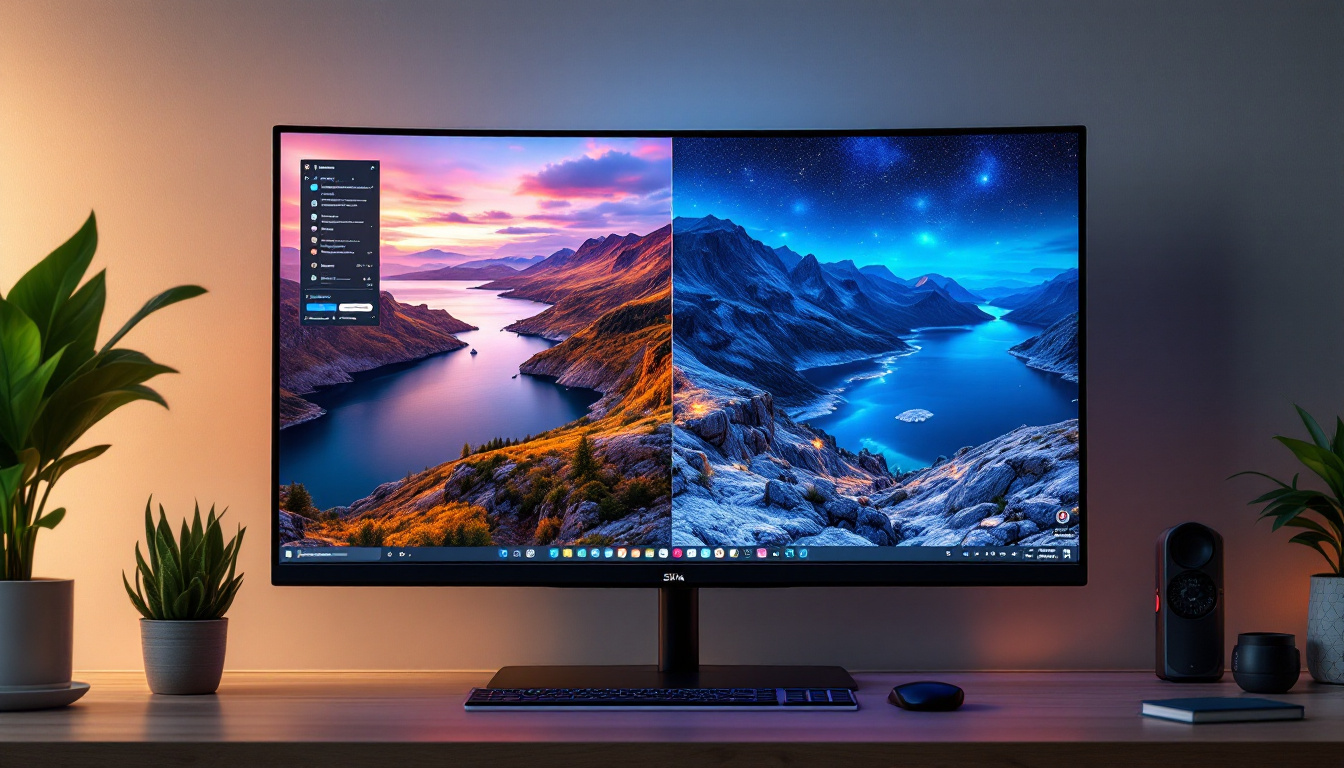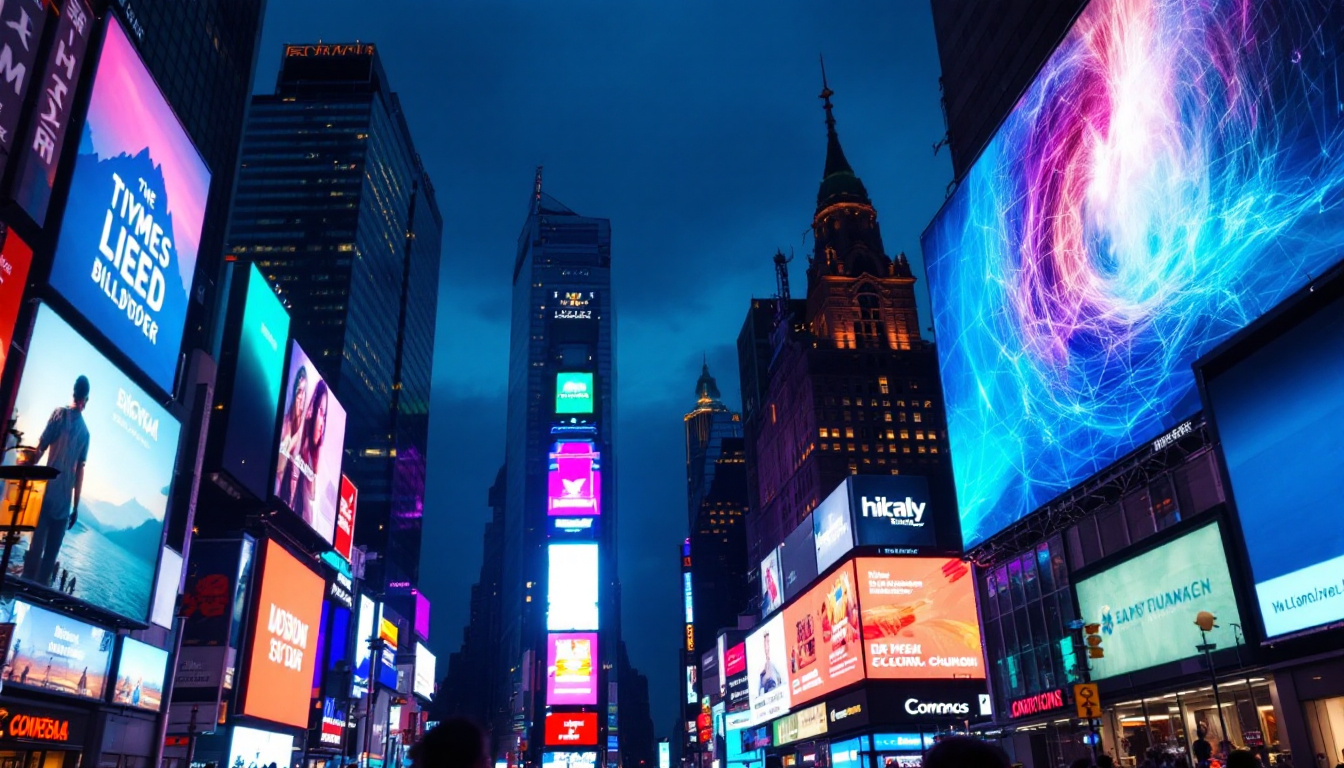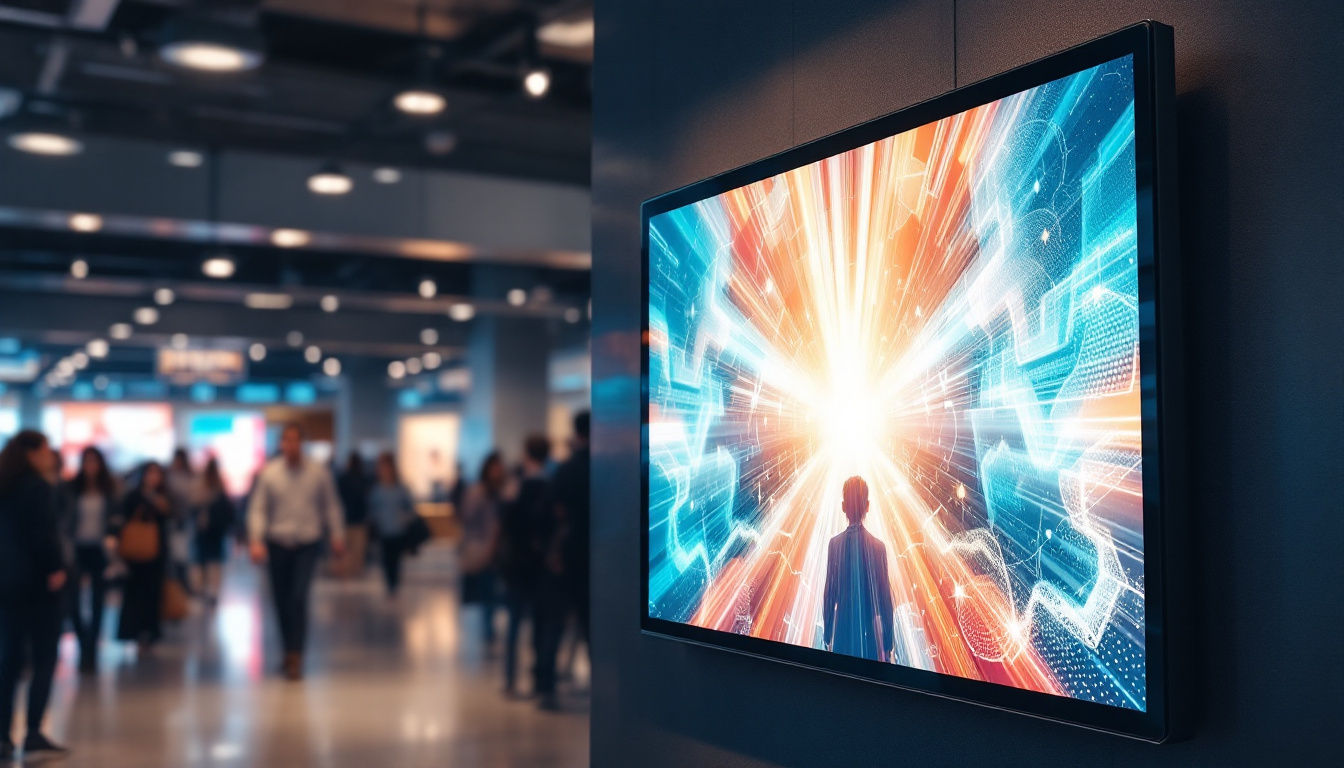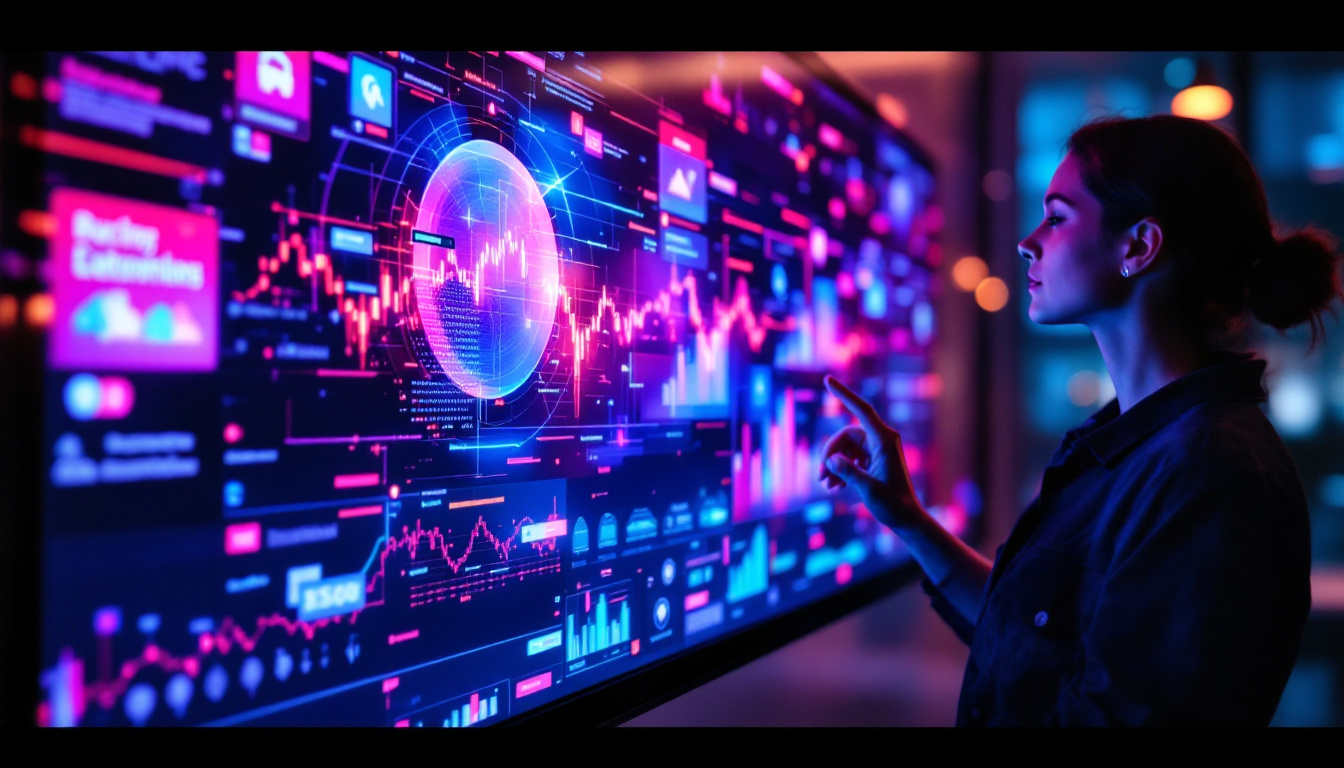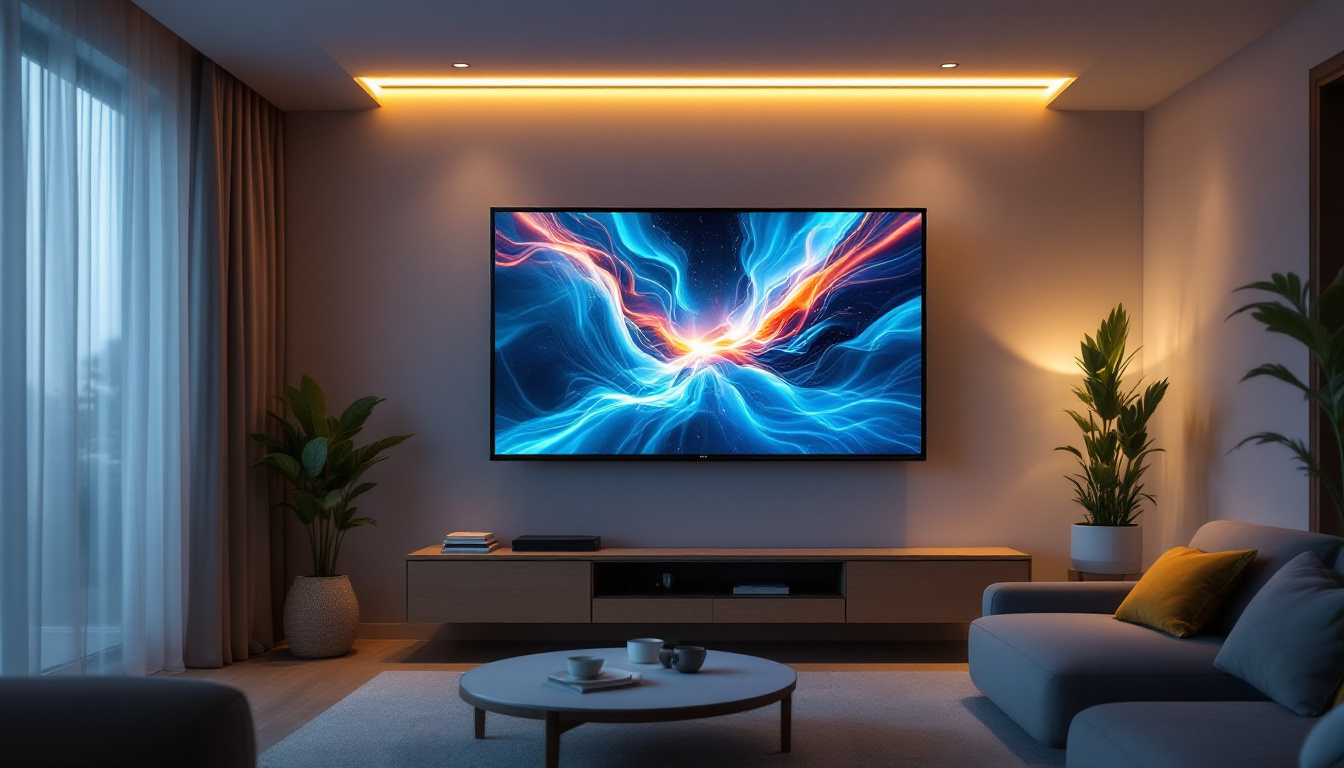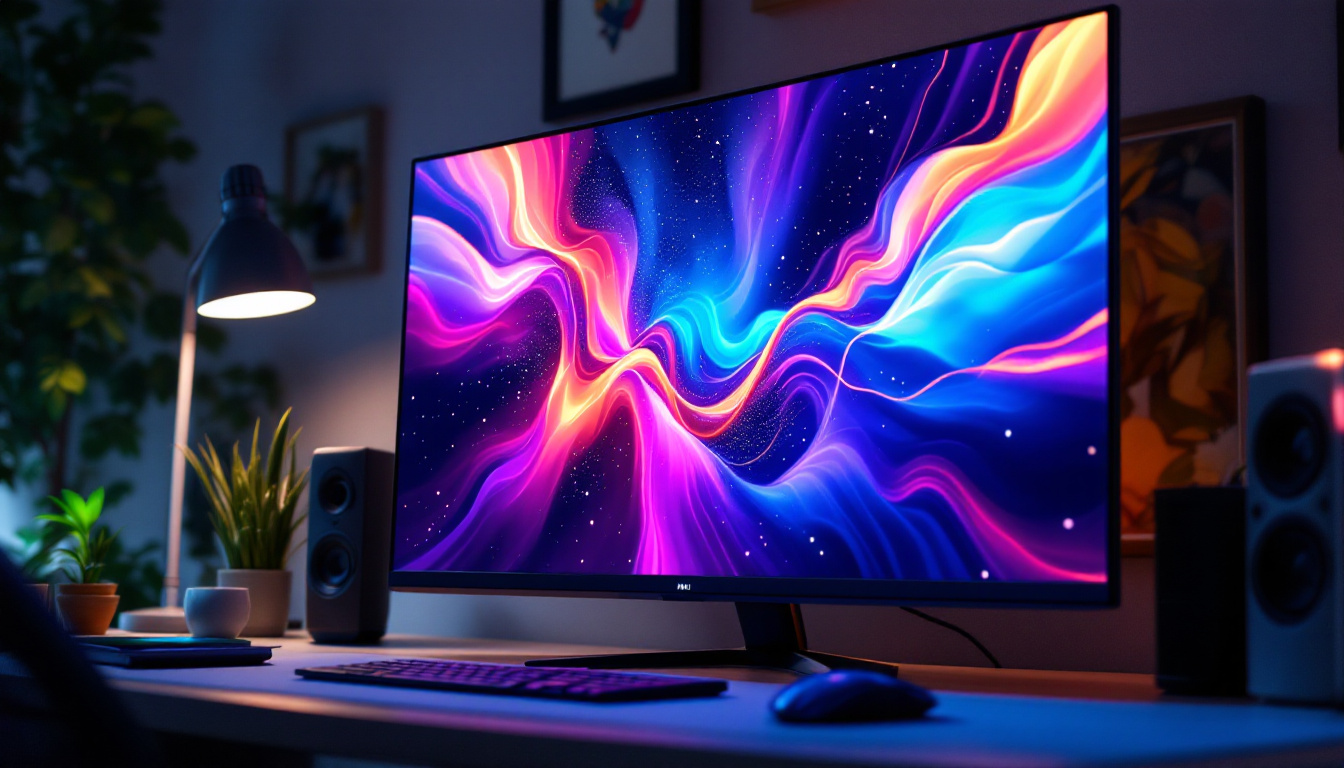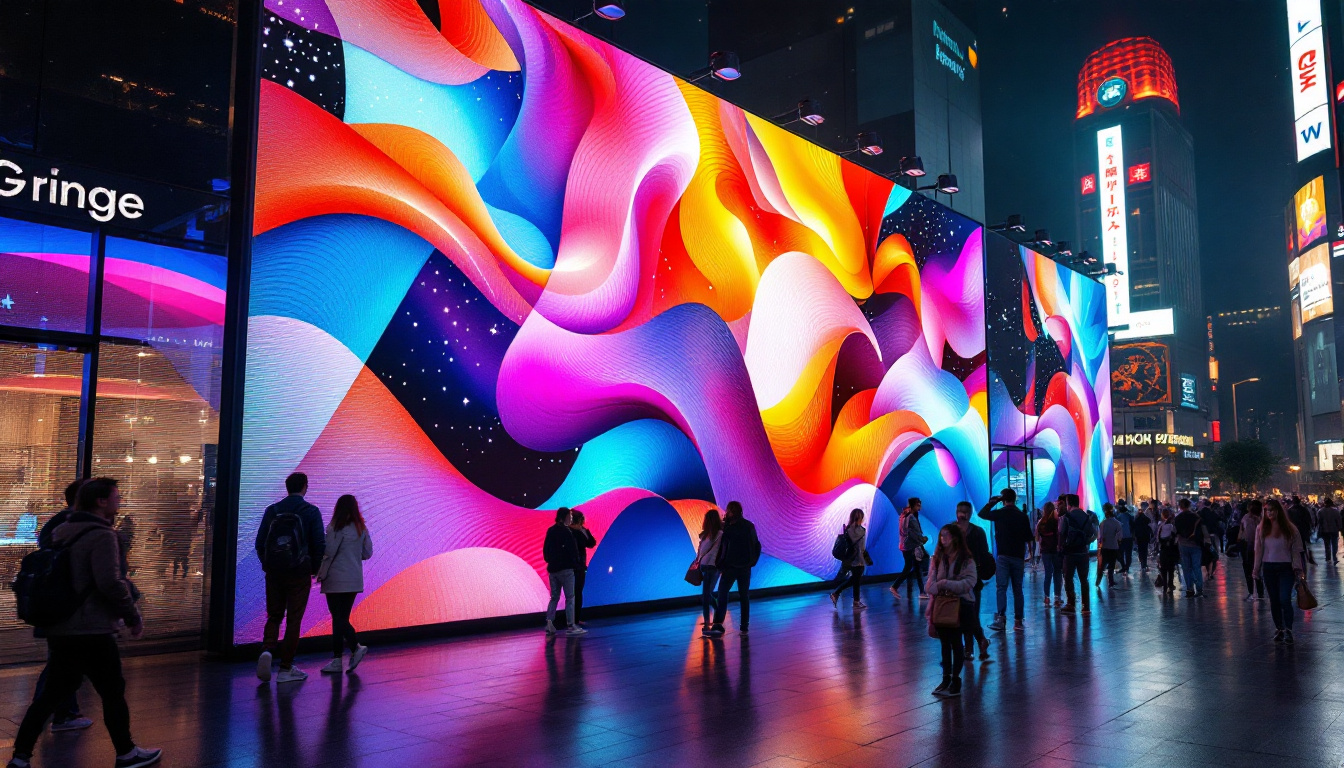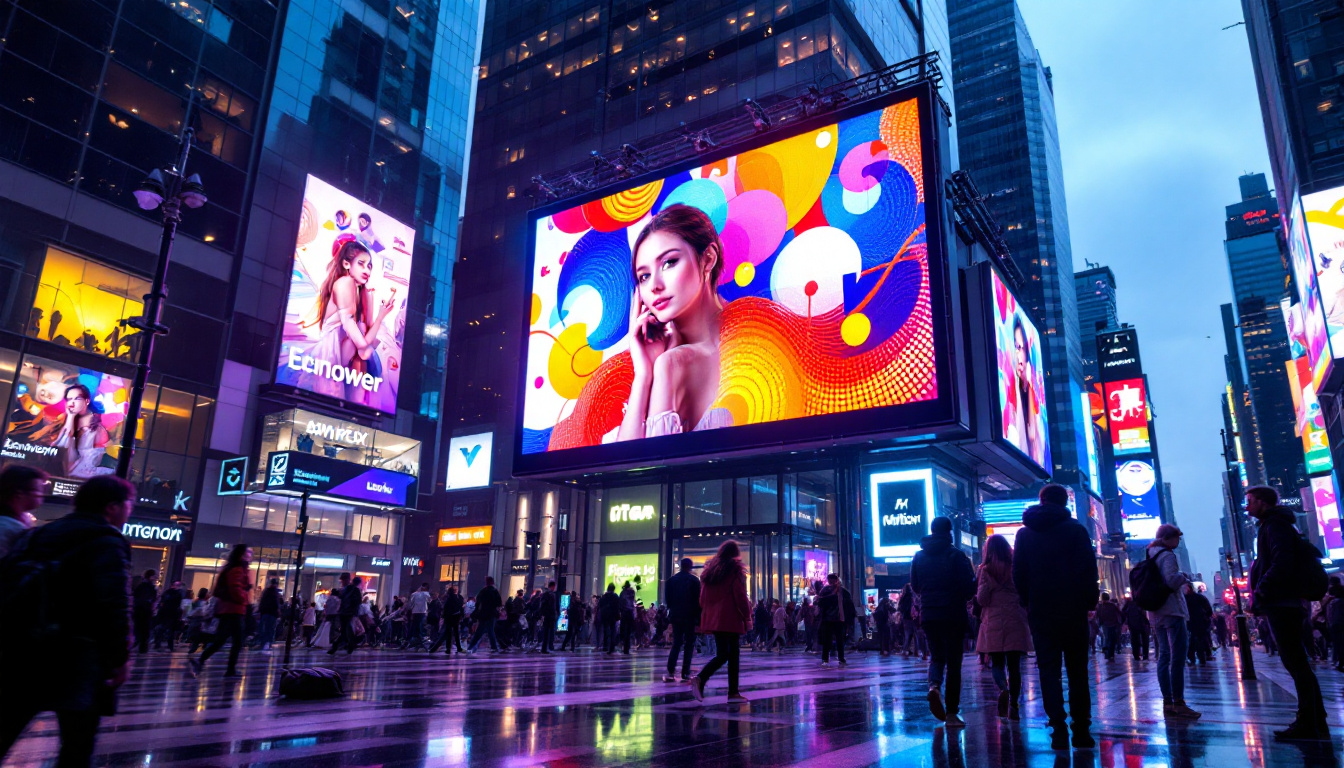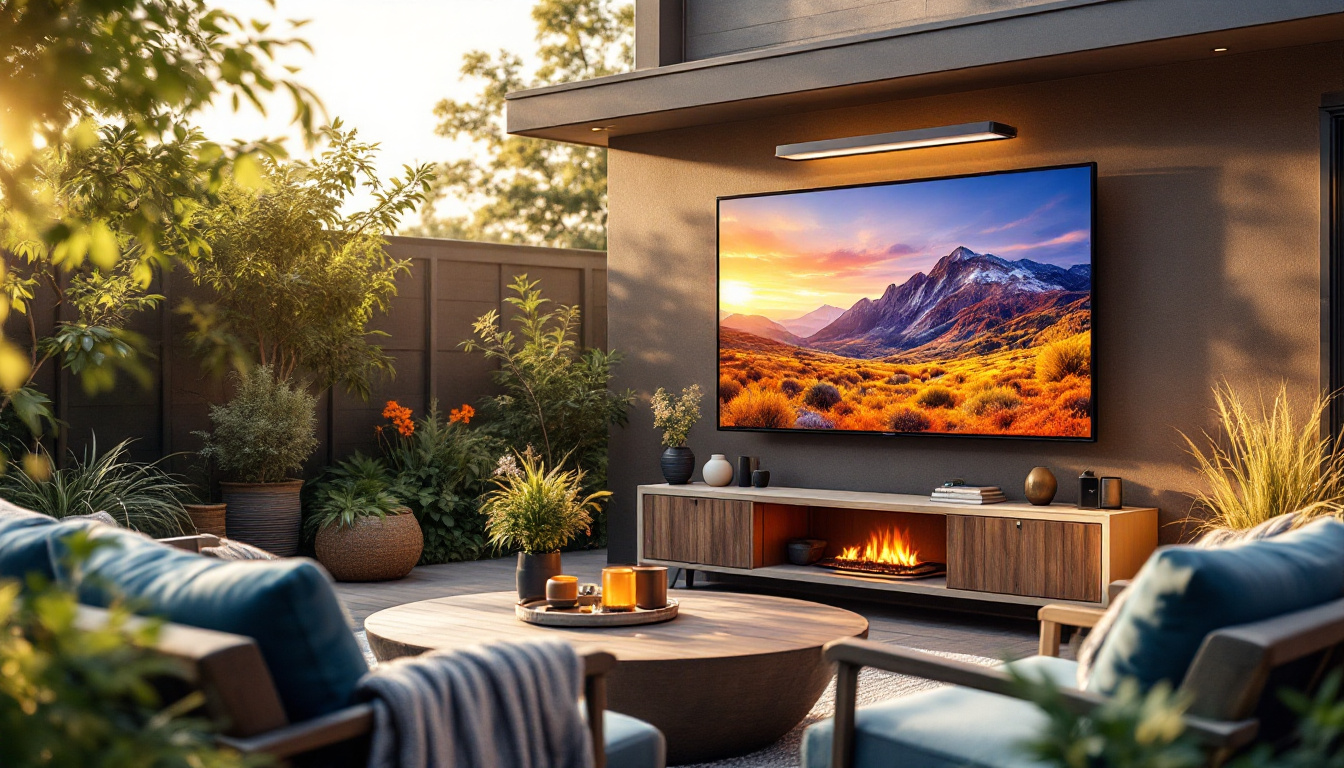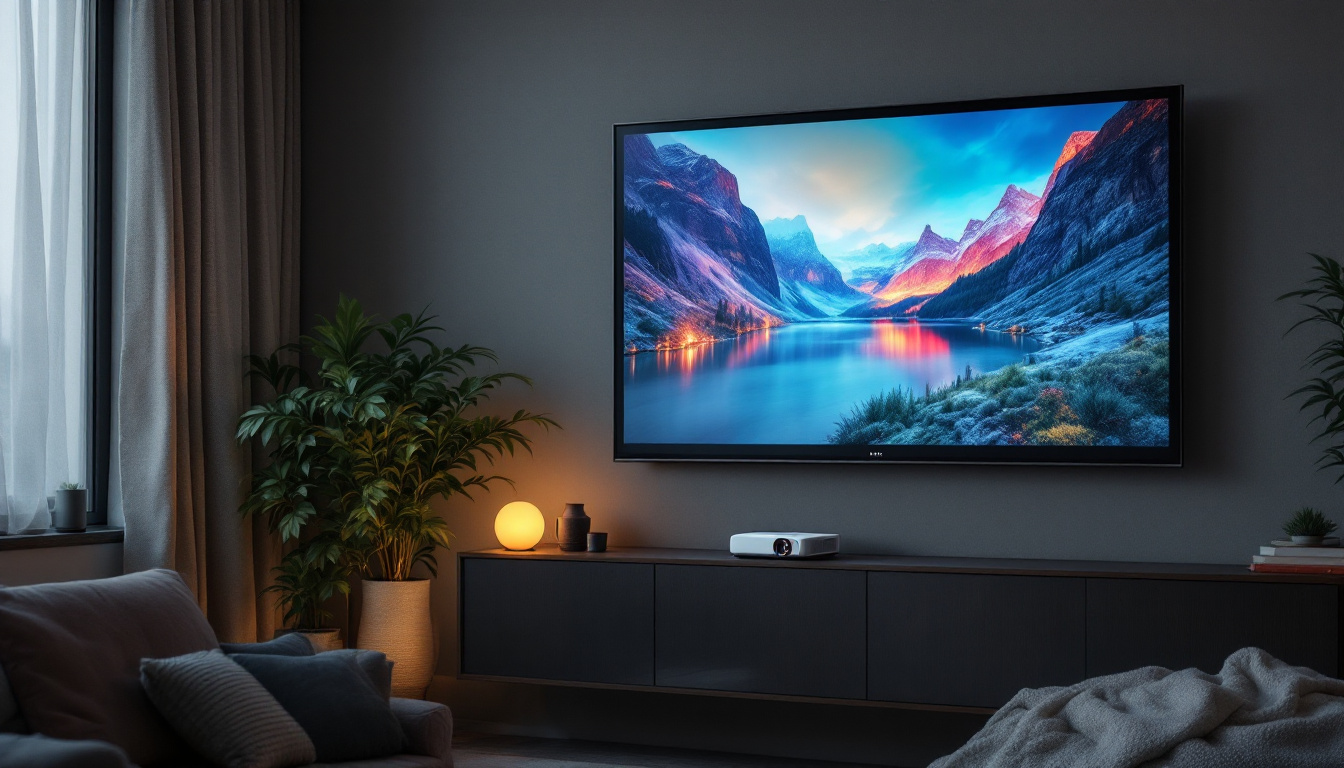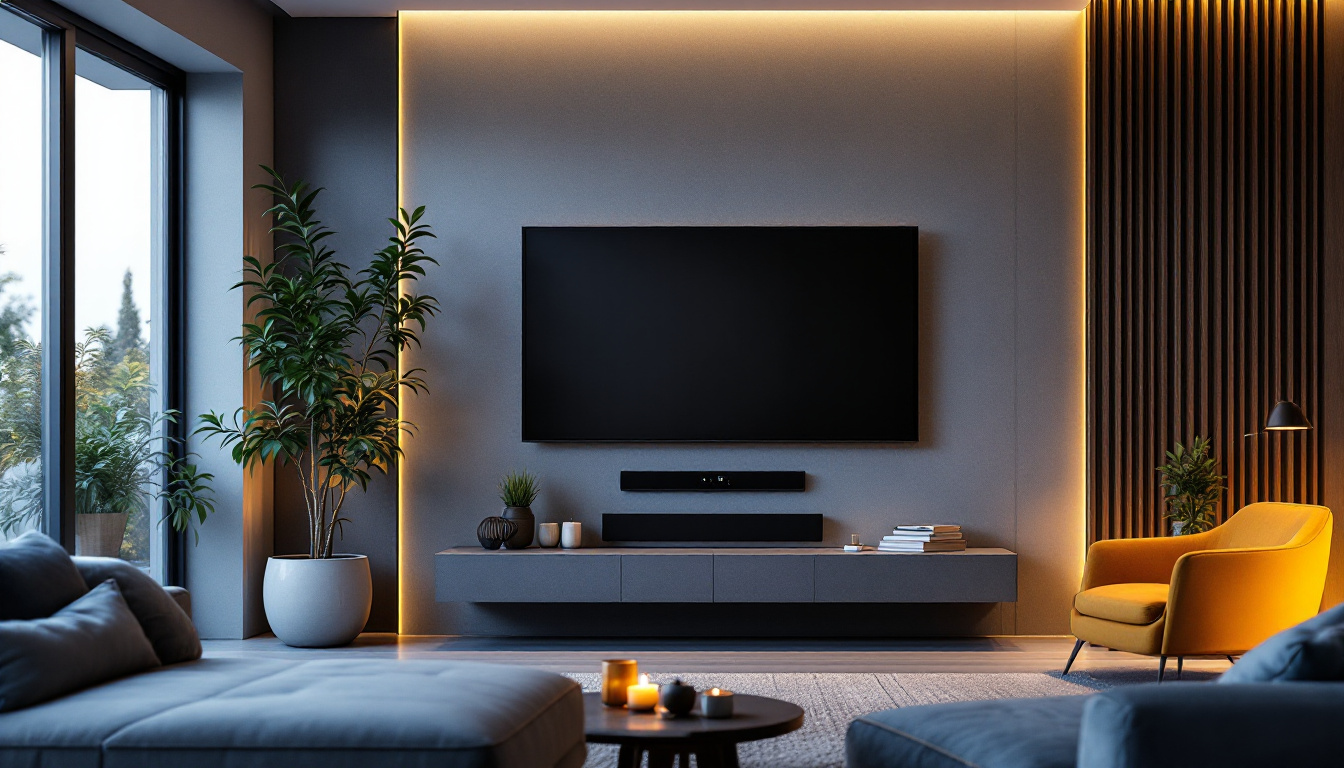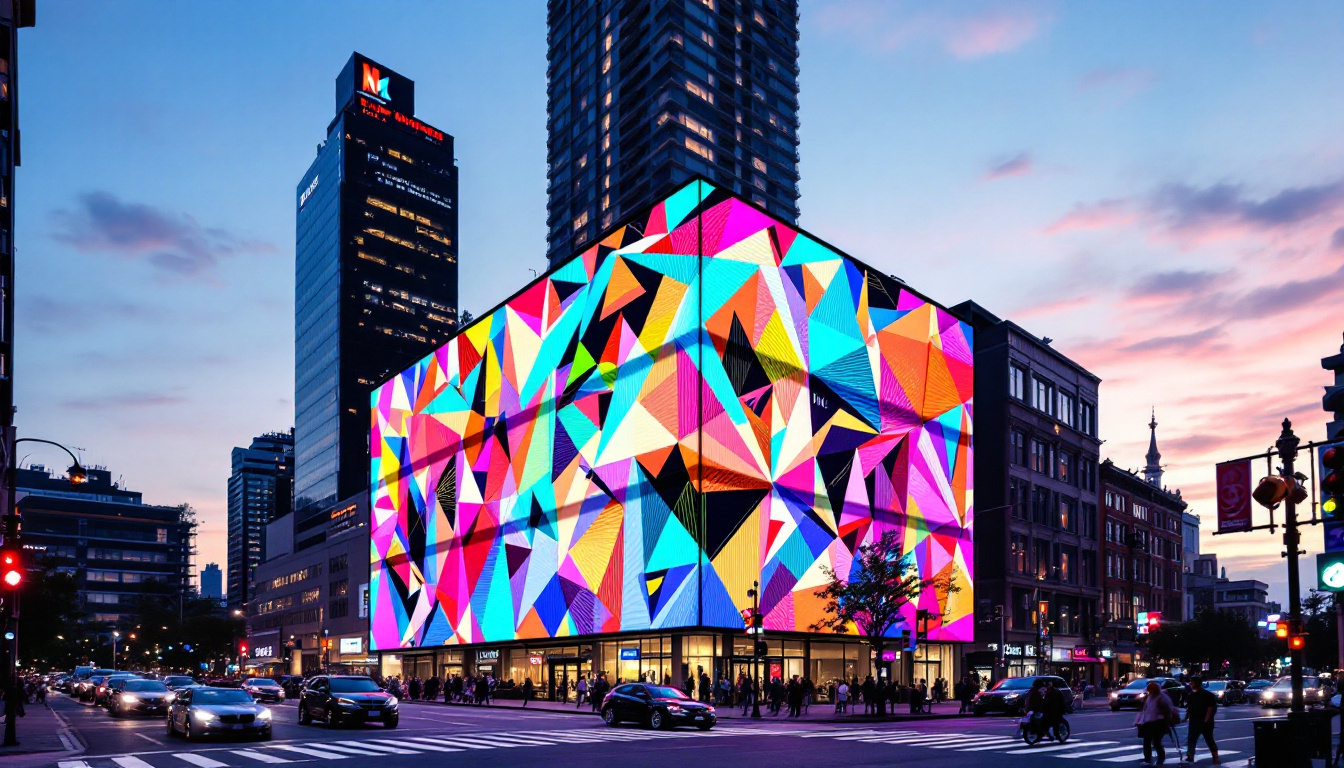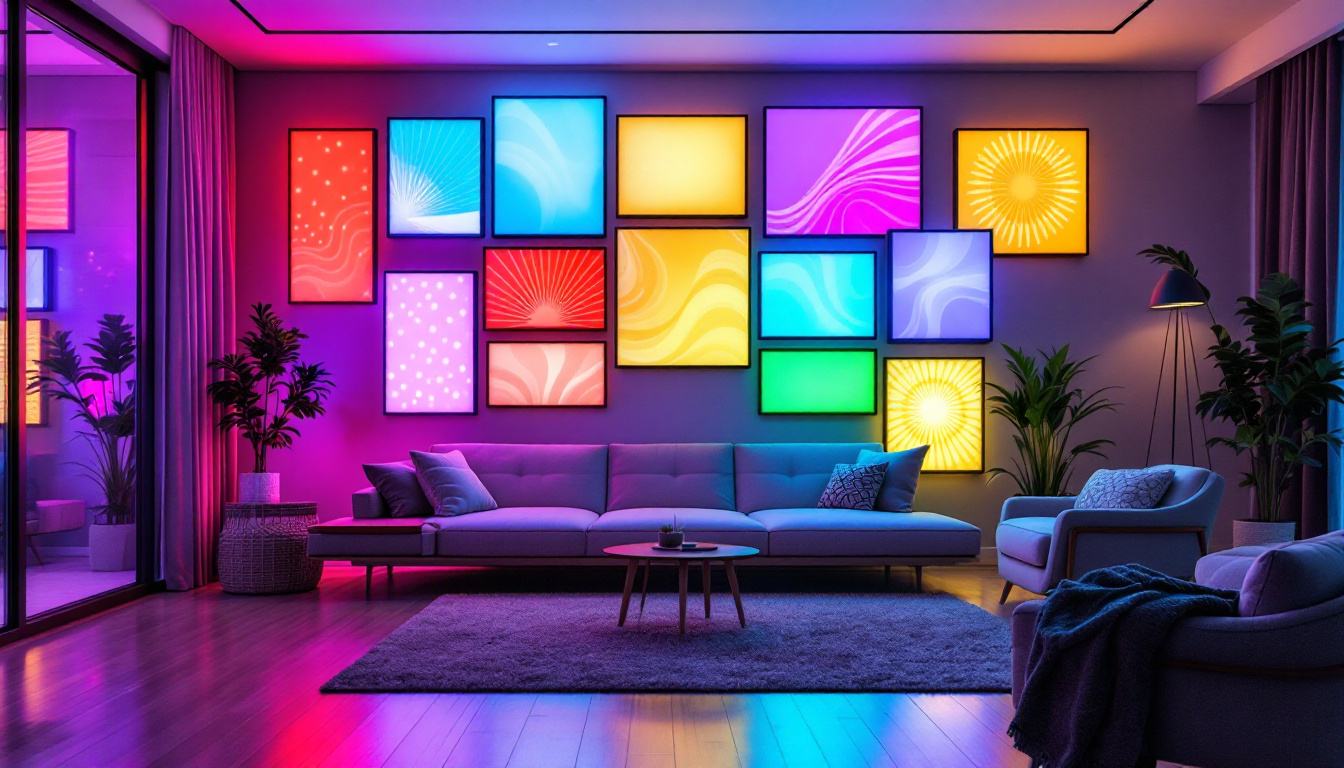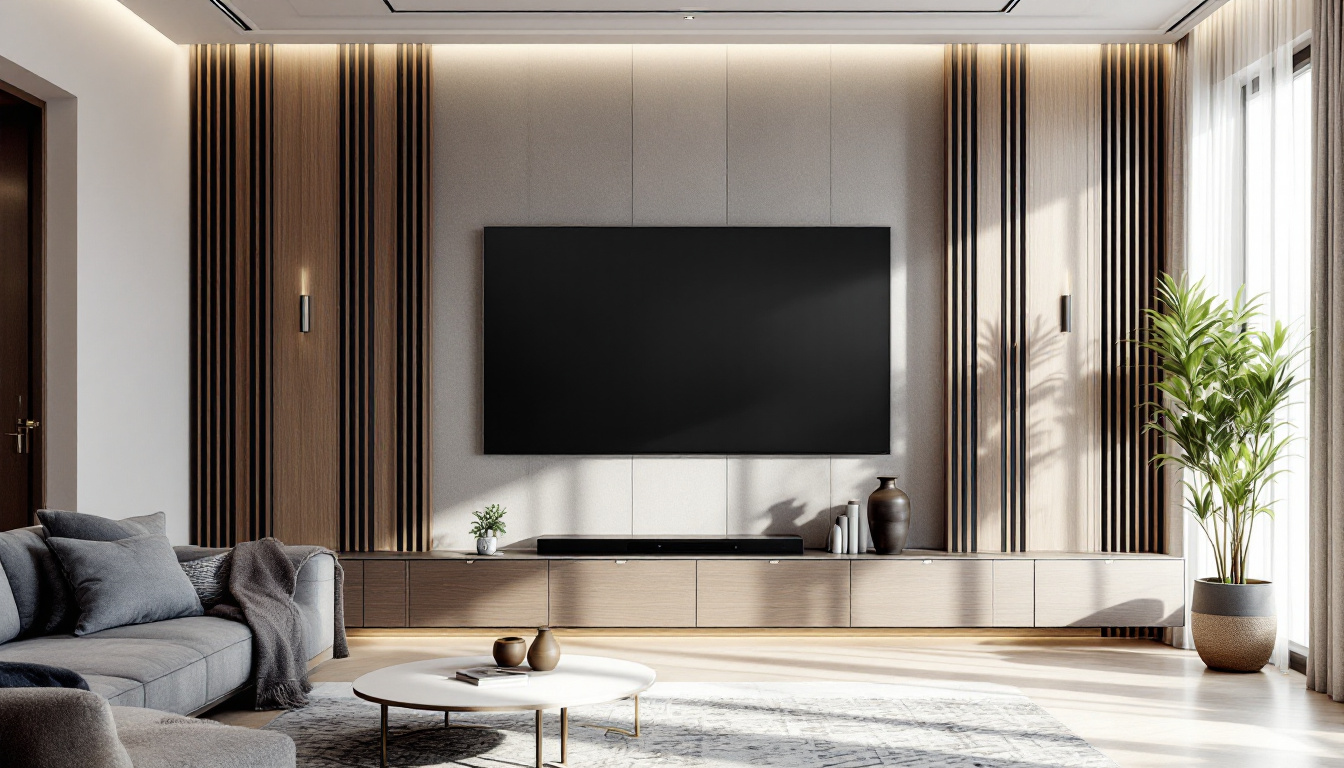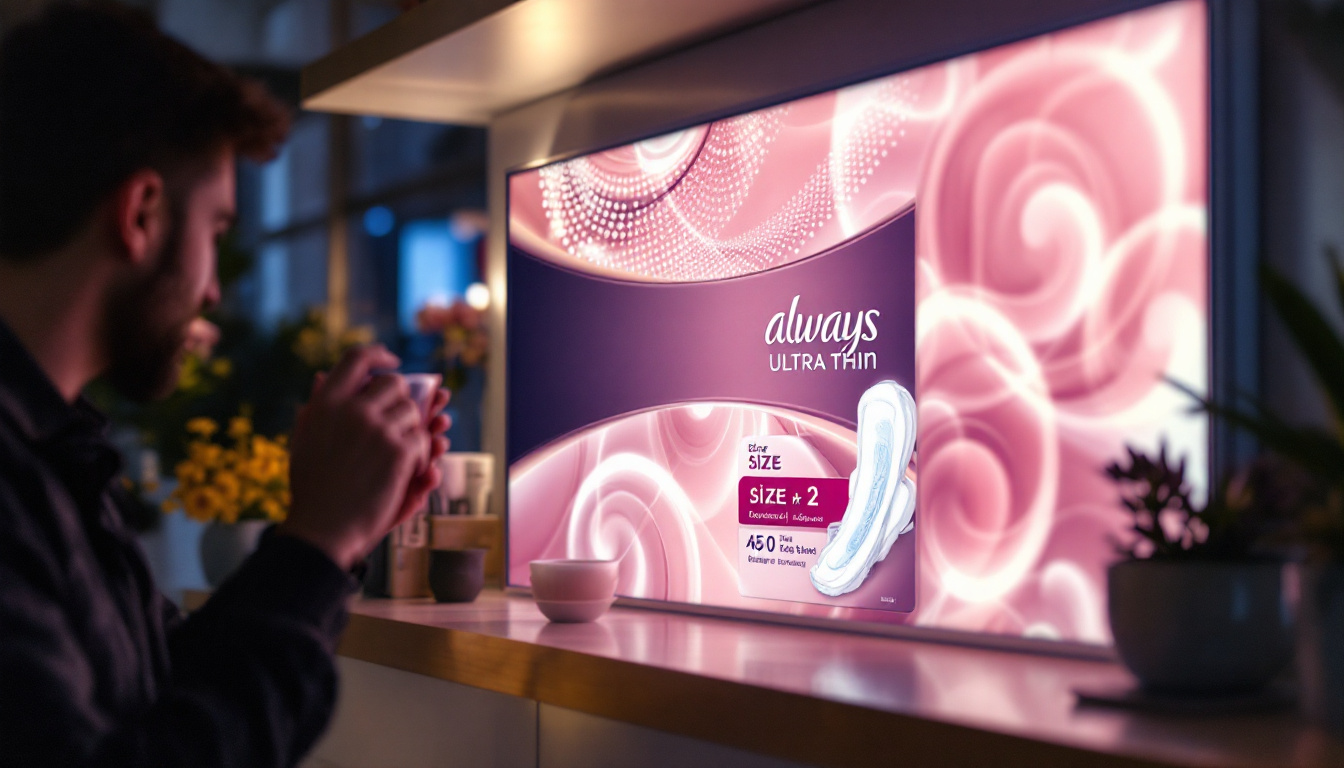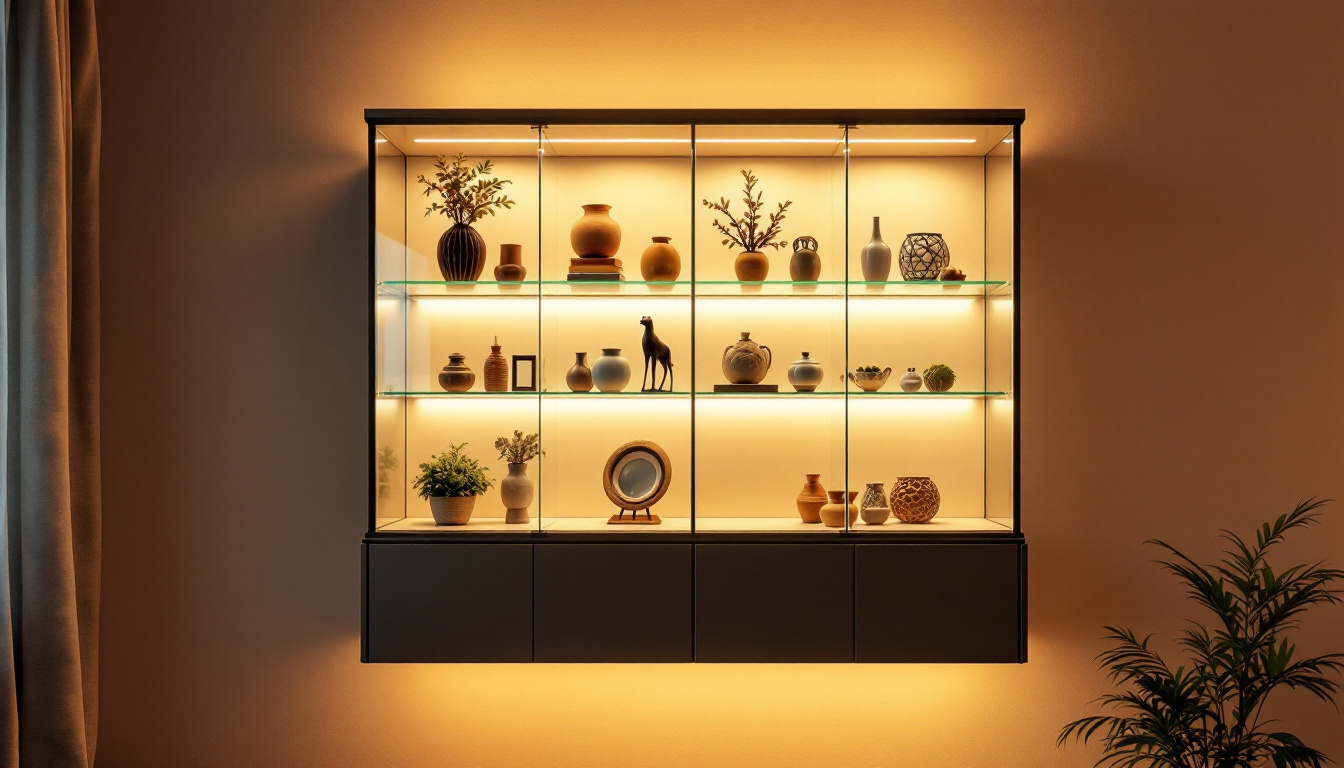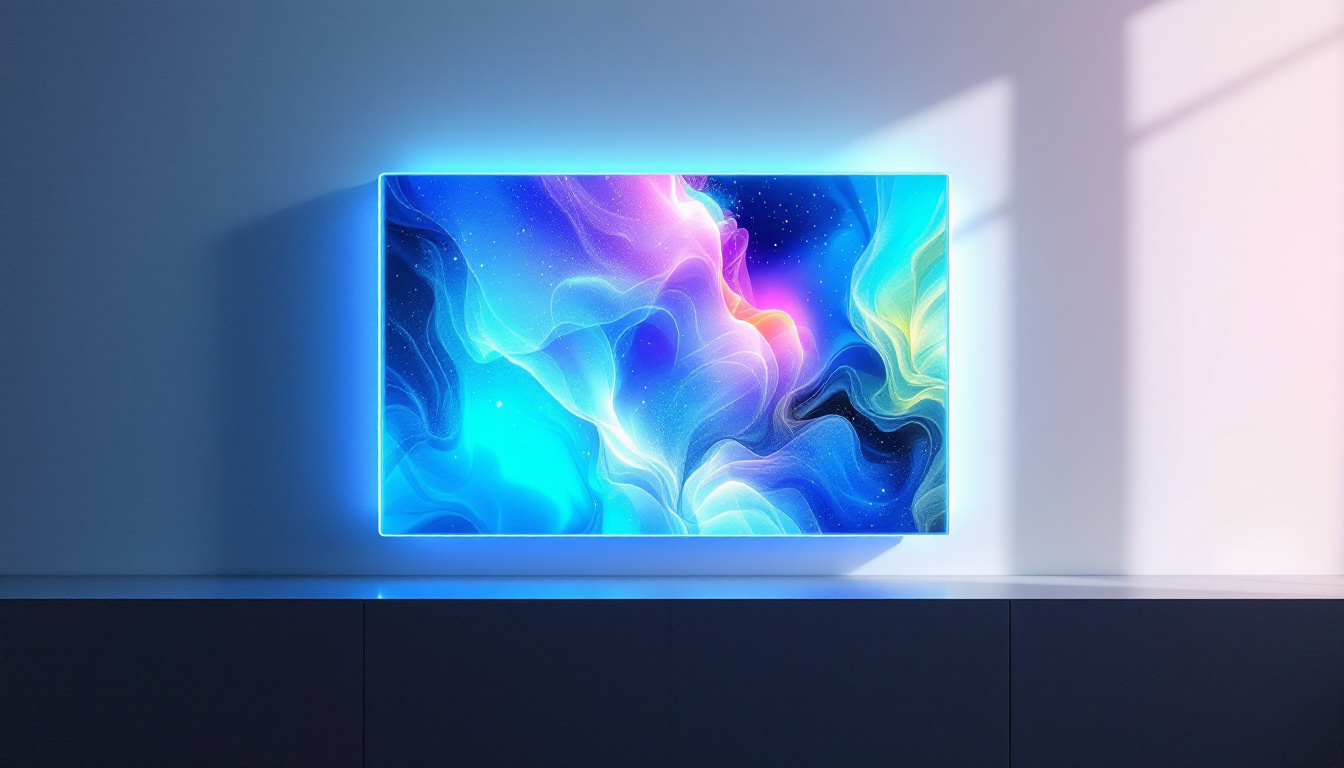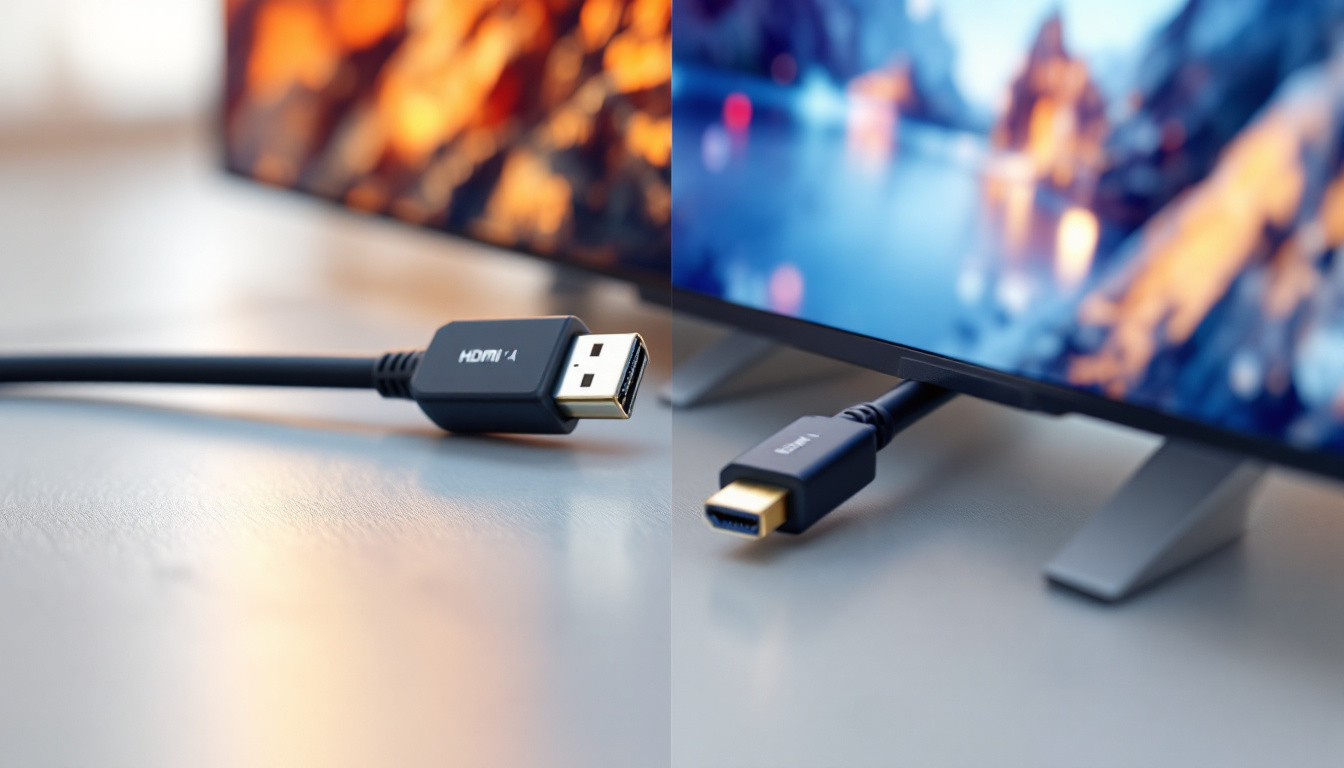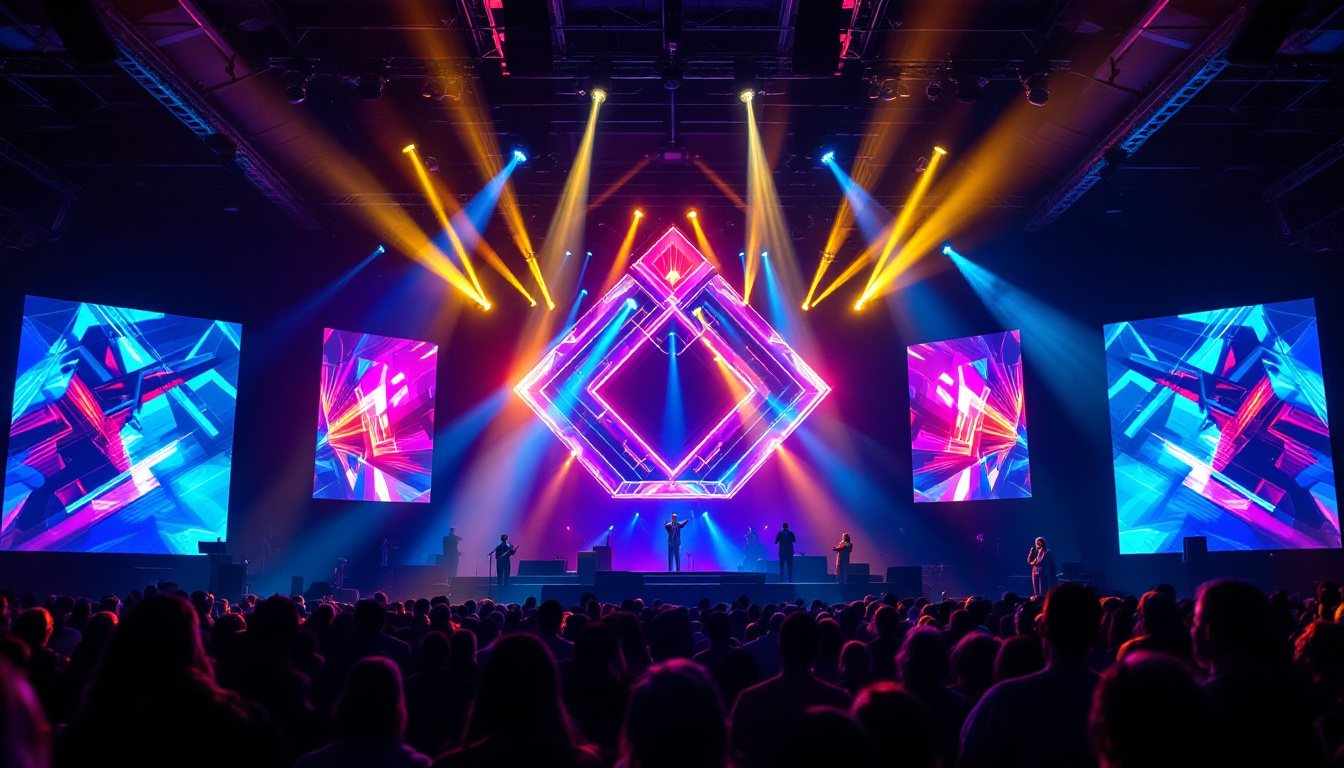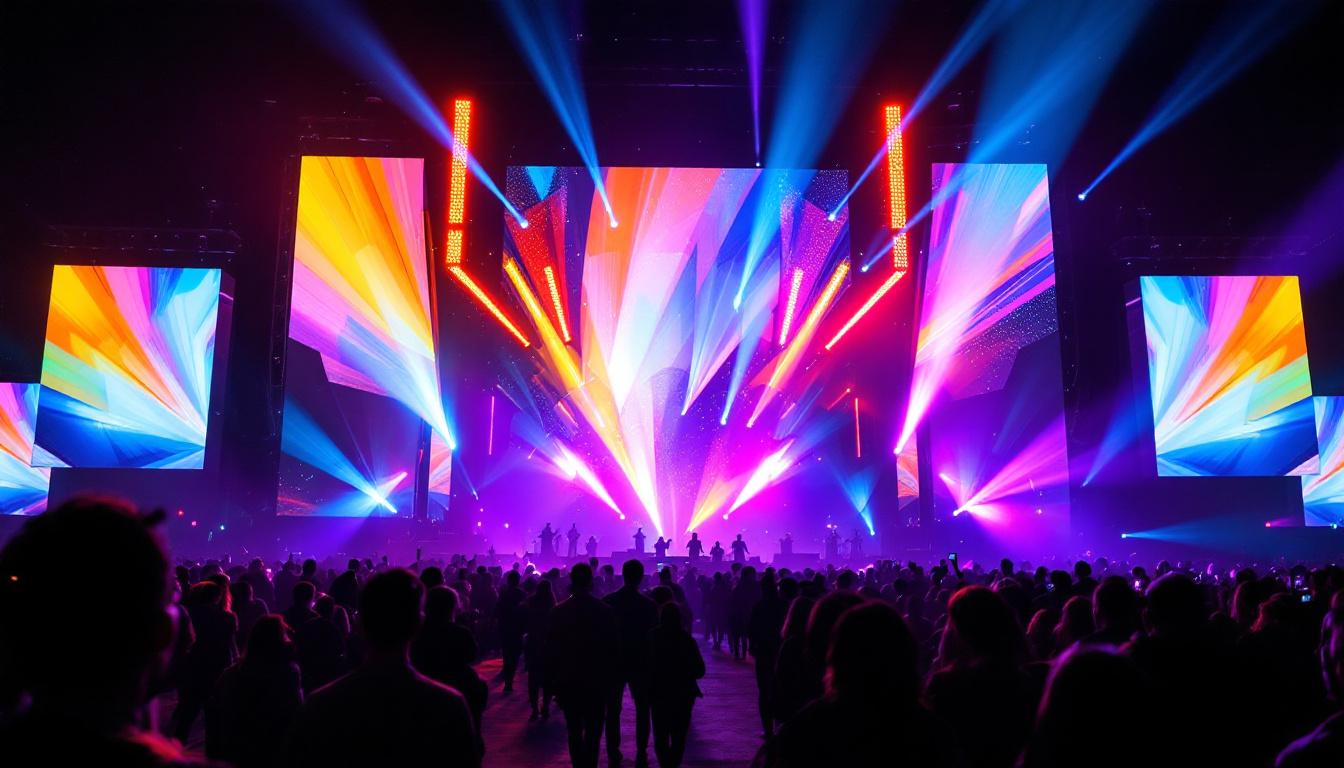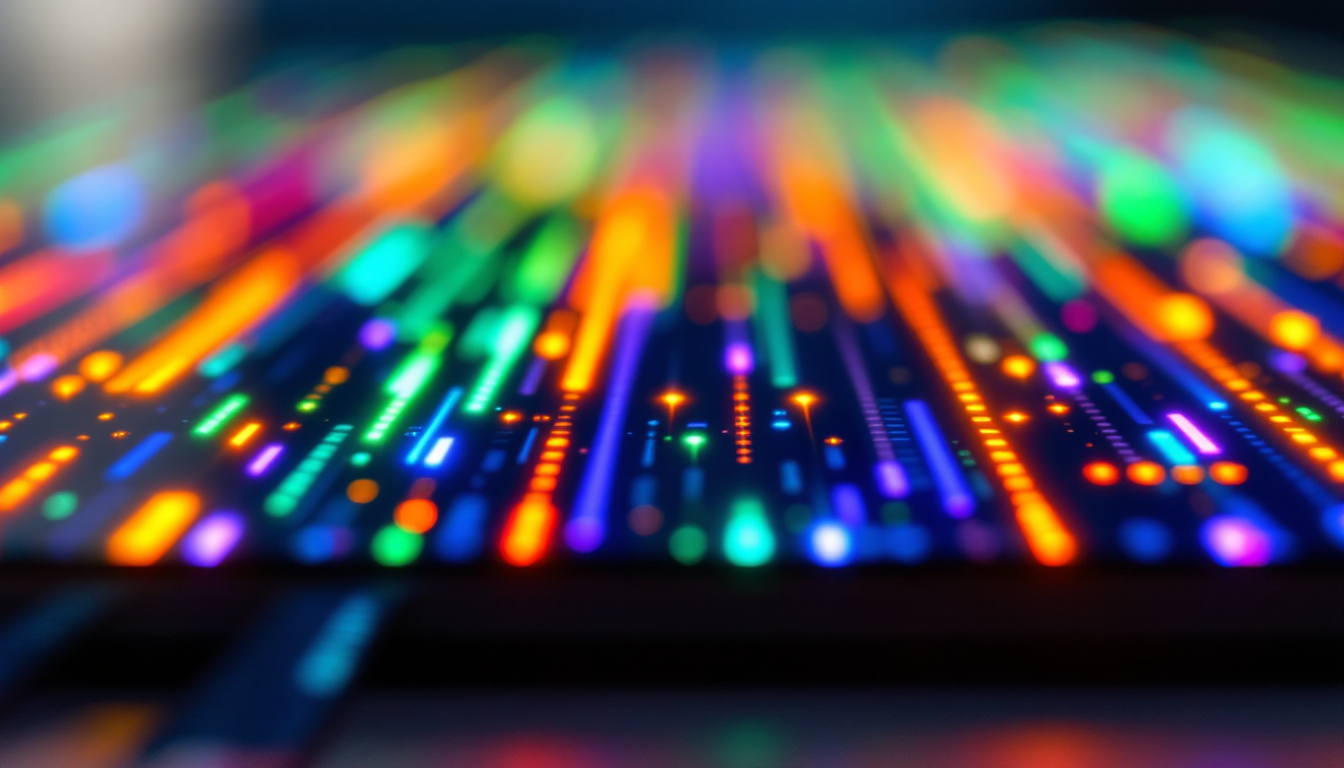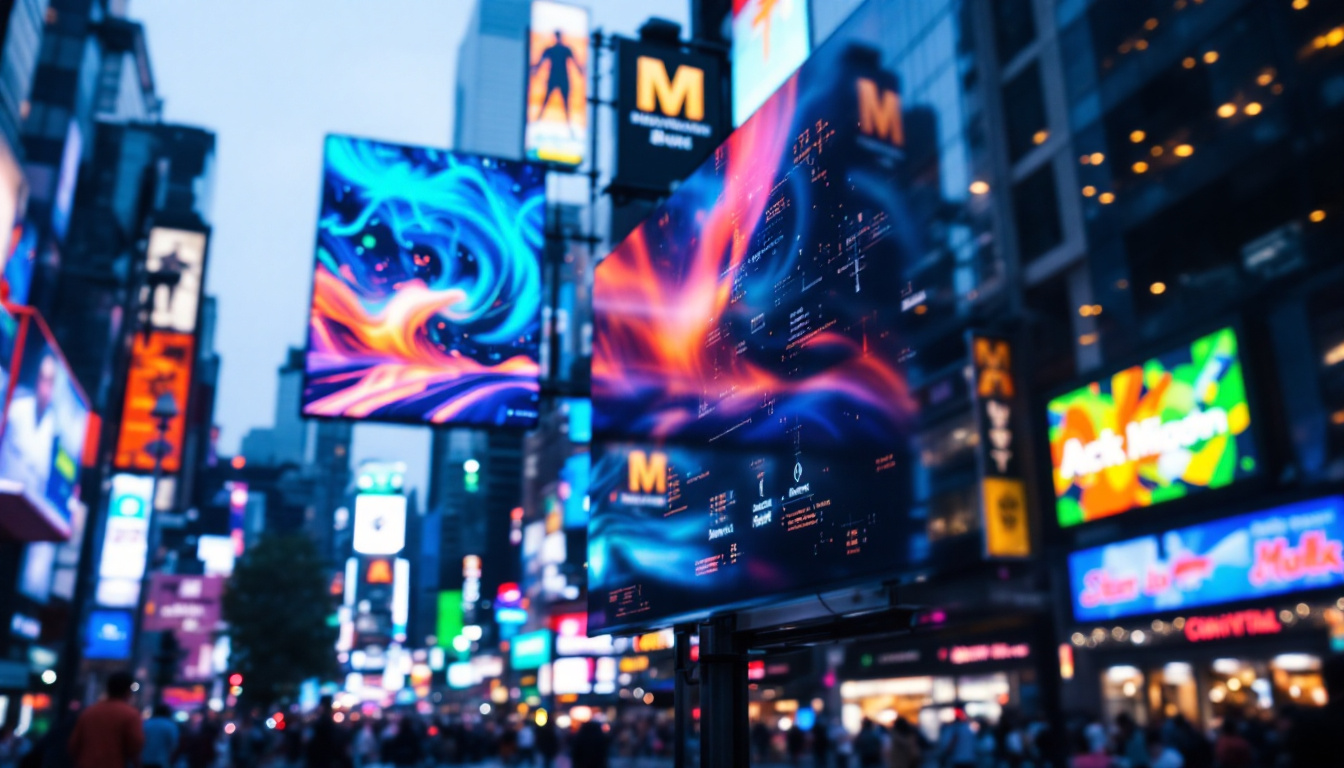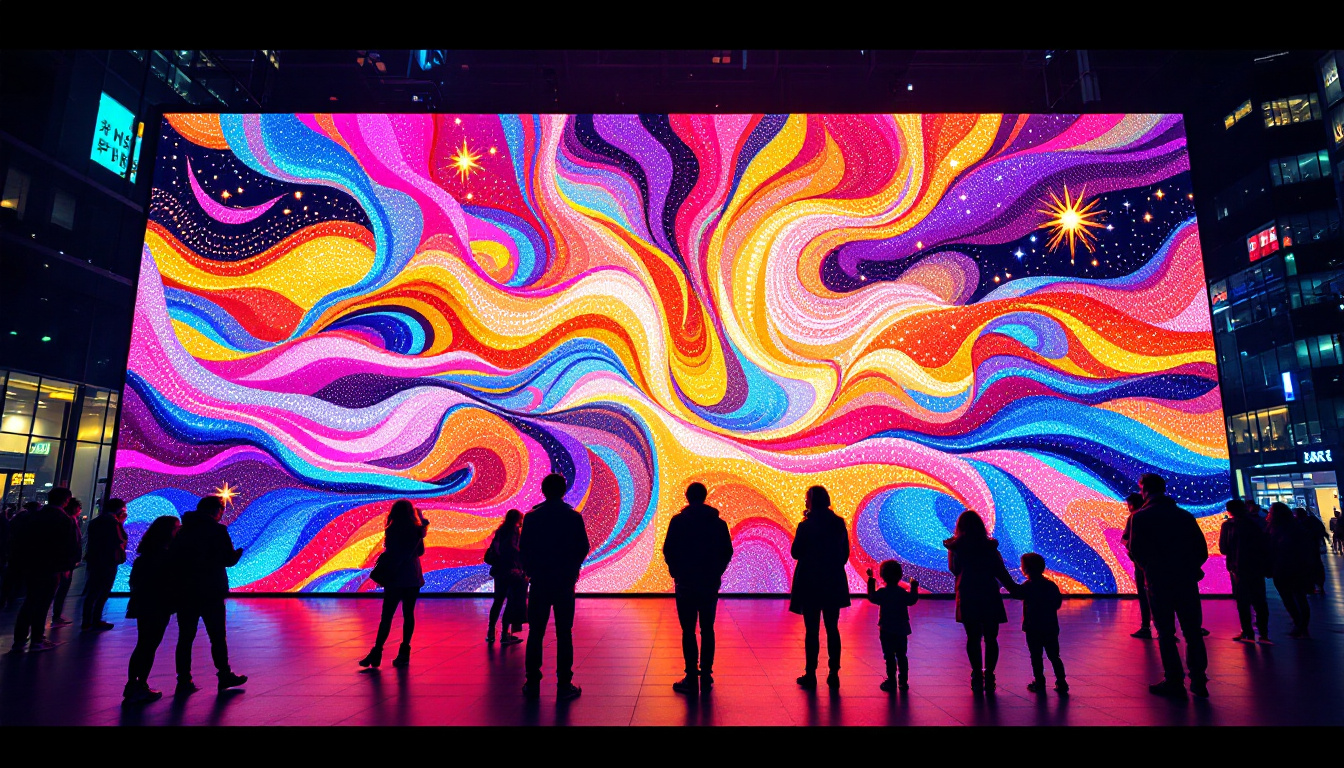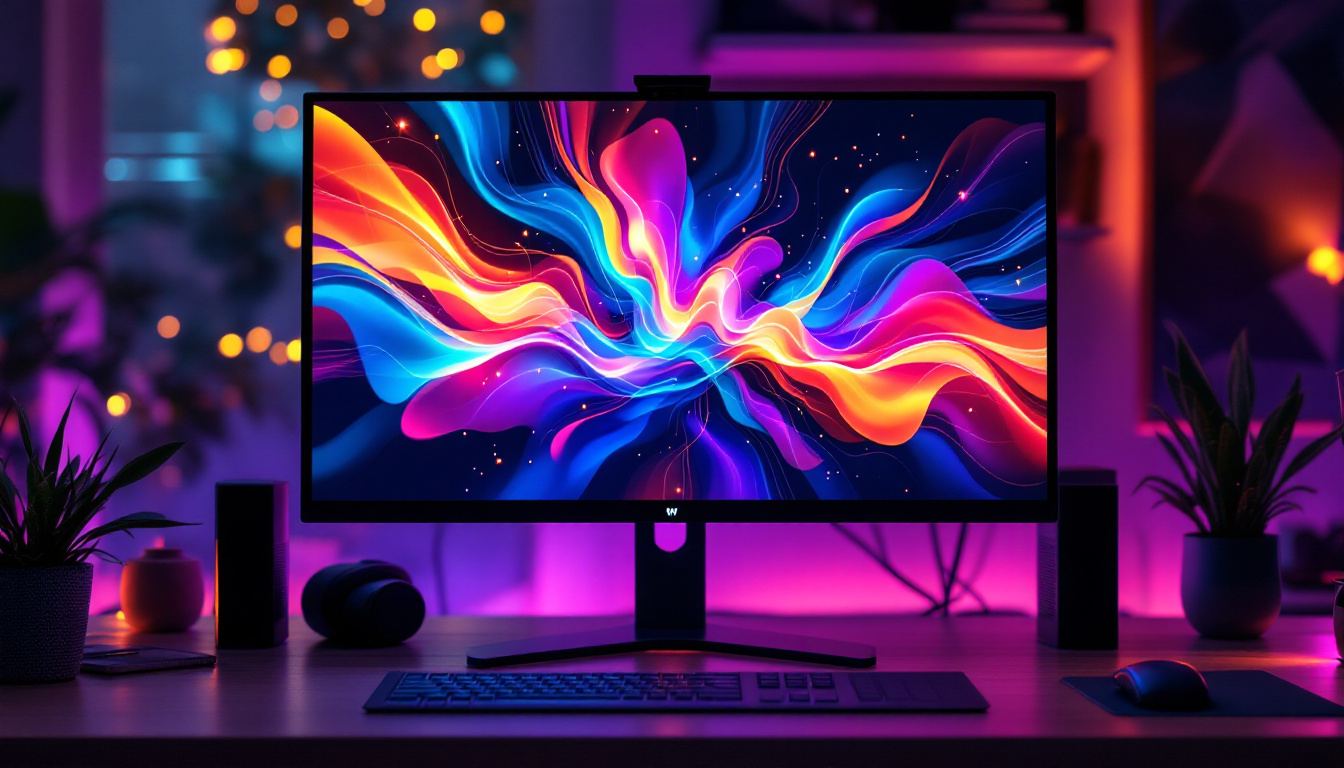The evolution of display technology has brought about significant changes in how we interact with digital content. Among these advancements, the 21:9 aspect ratio monitor has emerged as a popular choice for both gamers and professionals. This article delves into the intricacies of 21:9 aspect monitors, focusing on their LED display technology, benefits, and applications.
Understanding Aspect Ratios
Aspect ratio is a fundamental concept in display technology that defines the proportional relationship between a display’s width and height. The 21:9 aspect ratio, also known as ultrawide, offers a wider field of view compared to the traditional 16:9 ratio. This wider format can enhance the viewing experience, particularly in gaming and multimedia consumption. As technology continues to evolve, the demand for displays that can accommodate a more immersive experience has led to the rise of ultrawide monitors, which are increasingly popular among gamers and creative professionals alike.
The Significance of 21:9
The 21:9 aspect ratio is particularly beneficial for immersive experiences. By providing a broader field of view, it allows users to see more content simultaneously. This is especially advantageous in gaming, where peripheral vision can enhance gameplay. Additionally, for movie enthusiasts, many films are produced in a similar aspect ratio, making the viewing experience more cinematic. The increased screen real estate also allows for enhanced productivity, as users can easily manage multiple windows and applications, leading to a more efficient workflow. Furthermore, the immersive nature of 21:9 displays can make virtual reality experiences even more compelling, as they closely mimic the human field of vision.
Comparison with Other Aspect Ratios
When comparing the 21:9 aspect ratio to the more common 16:9, the differences become apparent. The 16:9 ratio, while still widely used, limits the horizontal space available for applications and multitasking. In contrast, the 21:9 format allows for split-screen multitasking, enabling users to run multiple applications side by side without sacrificing visibility or usability. This is particularly useful for professionals who rely on data analysis, graphic design, or video editing, as they can have their tools and reference materials open simultaneously. Additionally, the 21:9 aspect ratio can be advantageous for those who enjoy watching sports or live events, as the wider view can capture more of the action, making it feel as though you are part of the event itself. The versatility of this aspect ratio is further highlighted by its growing adoption in various devices, from laptops to televisions, catering to a wide range of user preferences and needs.
LED Display Technology
LED (Light Emitting Diode) technology has revolutionized the way displays are manufactured and utilized. LED displays are known for their vibrant colors, high brightness levels, and energy efficiency. Understanding the components and advantages of LED technology is crucial for appreciating the performance of 21:9 aspect monitors. The evolution of this technology has not only enhanced the visual experience but has also opened up new avenues in various industries, from entertainment to advertising, where visual impact is paramount.
How LED Displays Work
LED displays utilize a series of diodes that emit light when an electric current passes through them. These diodes can be arranged in various configurations, including backlighting for LCD panels or as standalone displays. The ability to control each pixel individually allows for superior contrast and color accuracy, making LED displays ideal for high-definition content. Additionally, advancements in LED technology have led to the development of OLED (Organic Light Emitting Diode) displays, which take this concept further by allowing each pixel to emit its own light, resulting in deeper blacks and even more vibrant colors. This innovation has made OLED displays a popular choice for high-end televisions and smartphones.
Benefits of LED Technology
One of the primary advantages of LED displays is their energy efficiency. Compared to traditional LCDs, LED monitors consume less power, resulting in lower electricity bills and a reduced environmental footprint. Additionally, LED displays offer higher brightness levels, making them suitable for various lighting conditions, from dimly lit rooms to bright offices. The longevity of LED technology also contributes to its appeal; LED displays typically have a lifespan of over 50,000 hours, significantly outlasting traditional display technologies. This durability not only reduces the frequency of replacements but also minimizes waste, aligning with the growing demand for sustainable technology solutions. Furthermore, the thin profile of LED displays allows for sleek designs that can seamlessly integrate into modern workspaces and home environments, enhancing both functionality and aesthetics.
Advantages of 21:9 Aspect Monitors
The adoption of 21:9 aspect monitors comes with a plethora of benefits that cater to a wide range of users, from gamers to professionals in creative fields. Understanding these advantages can help individuals make informed decisions when selecting a display for their needs.
Enhanced Immersion in Gaming
For gamers, the 21:9 aspect ratio provides a significant edge. The wider field of view allows for more immersive gameplay, enabling players to spot enemies and objects in their peripheral vision. Many modern games are optimized for ultrawide displays, enhancing the overall experience with stunning visuals that draw players into the game world.
Improved Productivity
In professional settings, the 21:9 monitor can significantly boost productivity. The extra screen real estate allows for efficient multitasking, making it easier to work on multiple documents or applications simultaneously. This is particularly beneficial for professionals in fields such as video editing, graphic design, and data analysis, where having multiple windows open is essential.
Better Cinematic Experience
For movie lovers, the 21:9 aspect ratio aligns closely with the format used in many films. This means that viewers can enjoy movies without the black bars typically seen on standard displays. The immersive experience is further enhanced by the monitor’s ability to reproduce vibrant colors and deep contrasts, making every scene come to life.
Choosing the Right 21:9 Monitor
With a variety of 21:9 monitors available on the market, selecting the right one can be a daunting task. Several factors should be considered to ensure that the chosen monitor meets the user’s specific needs and preferences.
Resolution Matters
Resolution is a critical factor when choosing a monitor. Common resolutions for 21:9 displays include 2560×1080 (Full HD) and 3440×1440 (Ultra WQHD). Higher resolutions provide sharper images and more detailed visuals, which are particularly important for gaming and professional work. Users should consider their typical usage scenarios to determine the resolution that best fits their needs.
Refresh Rate and Response Time
For gamers, refresh rate and response time are crucial specifications. A higher refresh rate (measured in hertz) results in smoother motion, which is essential for fast-paced gaming. A response time of 5 milliseconds or lower is generally recommended to minimize motion blur and ghosting effects. These specifications can significantly enhance the gaming experience, providing a competitive edge.
Connectivity Options
Connectivity is another important consideration. Most 21:9 monitors come equipped with multiple ports, including HDMI, DisplayPort, and USB-C. Ensuring compatibility with existing devices is essential for seamless integration. Additionally, features like built-in speakers and USB hubs can enhance the overall user experience.
Applications of 21:9 Aspect Monitors
The versatility of 21:9 aspect monitors extends beyond gaming and entertainment. Various industries are beginning to adopt this technology for its unique advantages, making it a valuable asset in numerous applications.
Creative Industries
In the creative sector, professionals such as graphic designers, video editors, and photographers benefit immensely from the 21:9 aspect ratio. The extra horizontal space allows for better organization of editing tools and timelines, making the workflow more efficient. Additionally, the ability to view high-resolution images and videos in their native format enhances the editing process.
Business and Productivity
In business environments, 21:9 monitors facilitate multitasking and collaboration. Employees can work on presentations while simultaneously viewing data or communicating with colleagues. The ultrawide format is particularly useful for financial analysts and project managers who need to compare multiple datasets side by side.
Home Entertainment
For home entertainment, a 21:9 monitor can serve as a central hub for streaming movies, playing games, and browsing the web. The immersive experience provided by the ultrawide format can transform a living room into a cinematic experience, making it an attractive option for families and entertainment enthusiasts alike.
Future of 21:9 Monitors
As technology continues to evolve, the future of 21:9 monitors looks promising. Innovations in display technology, such as OLED and mini-LED, are likely to further enhance the performance and visual quality of ultrawide monitors.
Emerging Technologies
OLED technology, known for its deep blacks and vibrant colors, is making its way into the ultrawide market. This advancement could provide users with even more stunning visuals, elevating their gaming and viewing experiences. Similarly, mini-LED technology promises improved brightness and contrast, making it an exciting development for future 21:9 monitors.
Increasing Adoption Across Industries
As more industries recognize the benefits of ultrawide displays, the adoption of 21:9 monitors is expected to grow. From gaming to professional applications, the versatility of these monitors makes them an attractive option for a wide range of users. This trend may lead to further innovations and enhancements in monitor design and functionality.
Conclusion
The 21:9 aspect monitor represents a significant advancement in display technology, offering users a unique blend of immersion, productivity, and versatility. With the benefits of LED display technology, these monitors cater to the needs of gamers, professionals, and home entertainment enthusiasts alike. As technology continues to evolve, the future of 21:9 monitors looks bright, promising even more enhancements and applications across various industries.
In summary, whether for gaming, professional use, or home entertainment, the 21:9 aspect ratio monitor is a compelling choice that enhances the overall viewing experience. As users explore their options, understanding the features and benefits of these monitors will empower them to make informed decisions tailored to their specific needs.
Discover the Future of Visual Experience with LumenMatrix
Ready to elevate your visual experience with the immersive power of a 21:9 aspect monitor? Look no further than LumenMatrix, a pioneer in LED display technology. Our extensive range of solutions, from Indoor and Outdoor LED Wall Displays to innovative LED Sports and Transparent Displays, is designed to bring your content to life with unparalleled vibrancy and clarity. Embrace the future of digital signage and create captivating visual experiences that resonate with your audience. Check out LumenMatrix LED Display Solutions today and transform the way you share your message.

